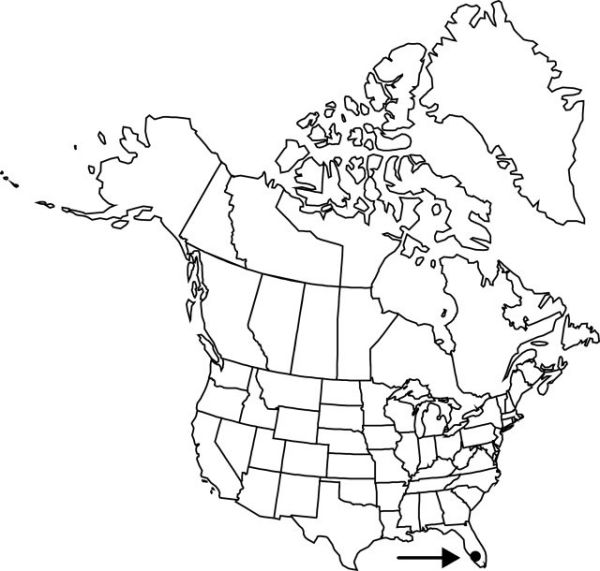Difference between revisions of "Burmannia flava"
Nov. Gen. Sp. Pl. 1: 11, plate 5, fig. 3. 1823.
FNA>Volume Importer |
FNA>Volume Importer |
||
| Line 46: | Line 46: | ||
|publication year=1823 | |publication year=1823 | ||
|special status= | |special status= | ||
| − | |source xml=https://jpend@bitbucket.org/aafc-mbb/fna-data-curation.git/src/ | + | |source xml=https://jpend@bitbucket.org/aafc-mbb/fna-data-curation.git/src/f6b125a955440c0872999024f038d74684f65921/coarse_grained_fna_xml/V26/V26_1012.xml |
|genus=Burmannia | |genus=Burmannia | ||
|species=Burmannia flava | |species=Burmannia flava | ||
Revision as of 20:29, 24 September 2019
Stems 3.5–15 cm. Leaves: basal leaves 2–7, linear, 3–11 × 0.8–1 mm; cauline leaves subulate to linear, 2–12 × 0.3–1 mm. Inflorescences 1–2-flowered; floral bracts lanceolate to ovate, 2–5 mm. Flowers 3-winged, 5–10(–14) mm, wings yellow, to 1.8 mm wide; perianth yellow or greenish; perianth tube 6-lobed; outer lobes erect, triangular, 1.3–1.8 mm; inner lobes linear or elliptic, 1–1.5 mm. Capsules 3–6 mm.
Phenology: Flowering fall (Oct).
Habitat: Coastal plain
Elevation: 0–50 m
Distribution

Fla., Mexico, West Indies (Cuba), Central America, South America (to Argentina, Bolivia, Paraguay, Brazil).
Discussion
Selected References
None.
Lower Taxa
None.